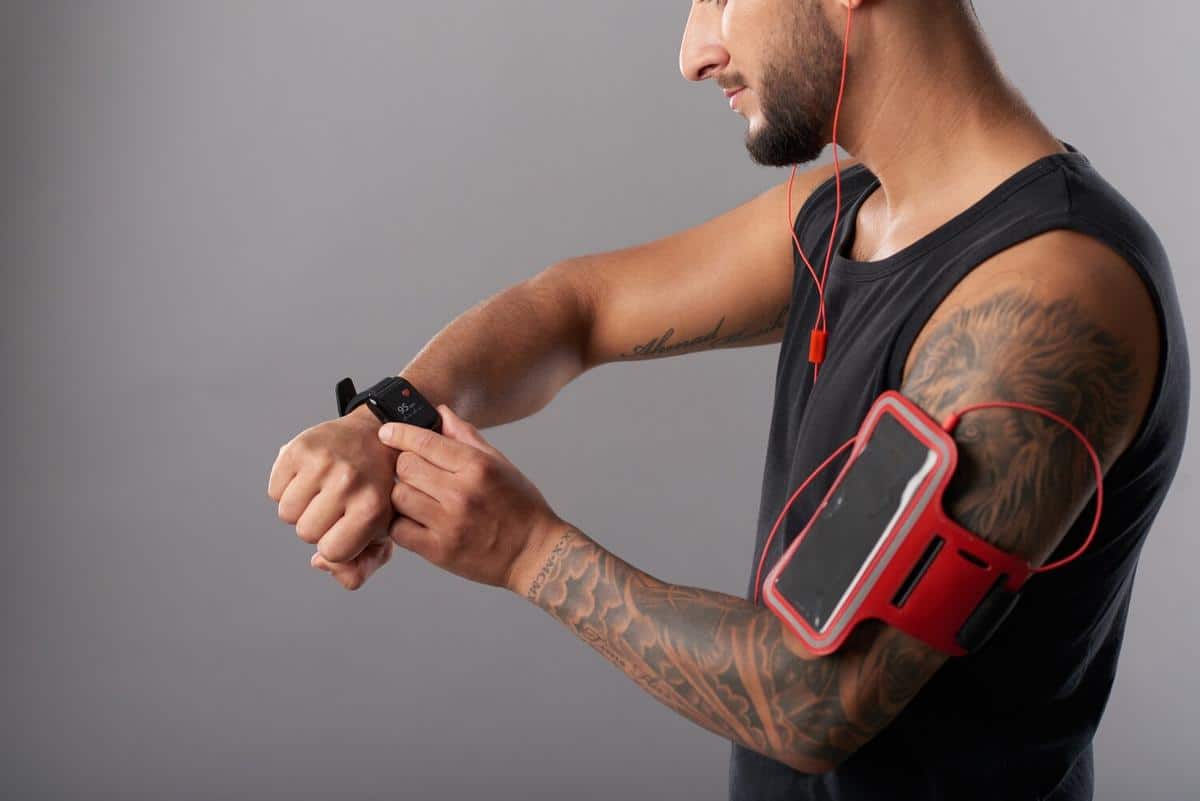
The Rise of Wearable Fitness Technology in Monitoring Progress
The advent of wearable fitness technology has revolutionized the way we monitor our physical progress, offering a seamless blend of convenience and data-driven insights.
The Evolution of Wearable Fitness Technology
Wearable fitness technology has come a long way from simple pedometers to sophisticated devices that track a myriad of health metrics. These devices have become an integral part of the fitness community, providing users with real-time data and personalized feedback to enhance their exercise routines.
Expert Insights
According to Dr. Emily Harris, a renowned fitness expert, “Wearables have transformed the fitness industry by offering unprecedented access to personal health data, enabling more informed lifestyle choices.” This sentiment is echoed by many in the field who see these devices as essential tools for modern fitness enthusiasts.
Statistics and Research
The global market for wearable fitness trackers is expected to reach $62 billion by 2025, with an annual growth rate of approximately 15%. This surge is driven by increasing health awareness and technological advancements that make these devices more accessible and affordable.
Real-Life Examples
Consider the story of Mark, a busy professional who struggled to find time for exercise. By using a fitness tracker, Mark was able to set achievable goals, monitor his progress, and stay motivated. This personal accountability helped him incorporate regular workouts into his hectic schedule.
Actionable Tips for Using Wearable Tech
- Set Clear Goals: Define what you want to achieve, whether it’s increasing daily steps or improving heart rate variability.
- Choose the Right Device: Select a wearable that aligns with your fitness objectives and offers the features you need.
- Regularly Sync and Review Data: Make it a habit to check your progress and adjust your routines based on the insights gathered.
- Stay Consistent: Use your wearable as a daily companion to maintain accountability and motivation.
Comparison of Popular Wearable Features
| Feature | Device A | Device B | Device C |
|---|---|---|---|
| Heart Rate Monitoring | Yes | Yes | No |
| GPS Tracking | No | Yes | Yes |
| Sleep Tracking | Yes | Yes | Yes |
| Calorie Count | Yes | No | Yes |
| Water Resistance | No | Yes | Yes |
| Bluetooth Connectivity | Yes | Yes | Yes |
| Battery Life | 7 days | 5 days | 10 days |
| Price Range | Moderate | High | Low |
Frequently Asked Questions
How accurate are wearable fitness trackers?
While no device is 100% accurate, many wearables offer reliable data that can be used to track trends and make informed decisions about your health.
Can wearable technology replace traditional fitness coaching?
Wearables are excellent tools for self-monitoring but are most effective when used in conjunction with professional guidance for comprehensive fitness strategies.
Conclusion
The rise of wearable fitness technology marks a significant shift in how individuals approach their health and fitness journeys. By providing valuable insights and promoting accountability, these devices empower users to make informed decisions and achieve their health goals. As technology continues to advance, the potential for these wearables to enhance personal fitness journeys will only grow, making them indispensable tools in the pursuit of a healthier lifestyle.


